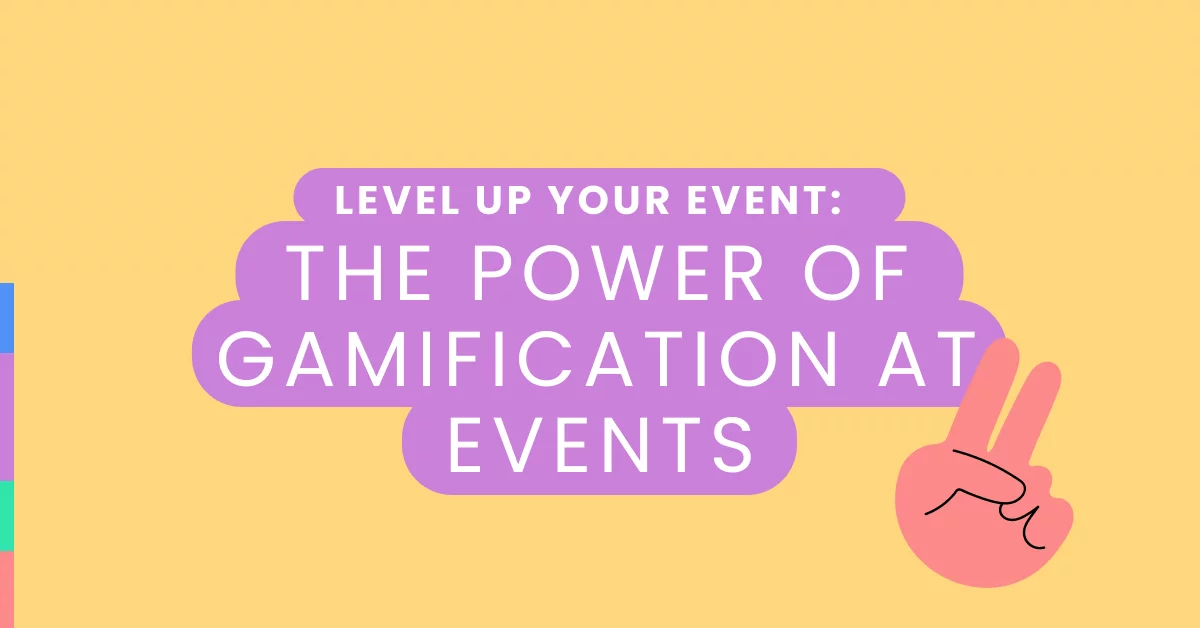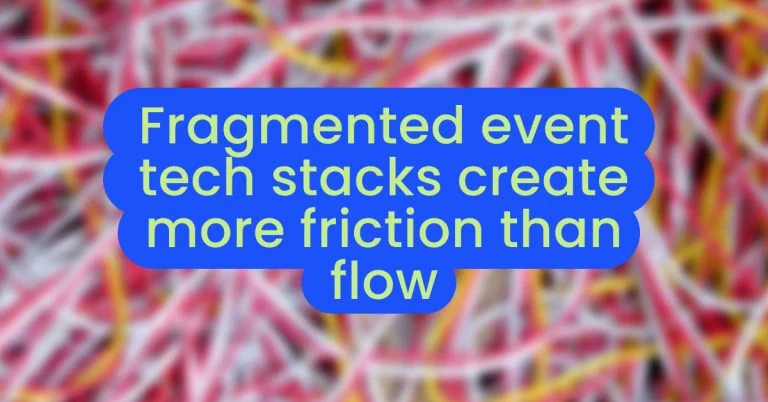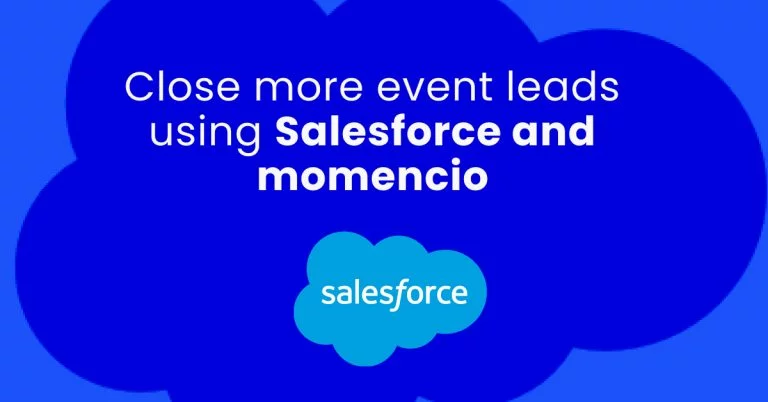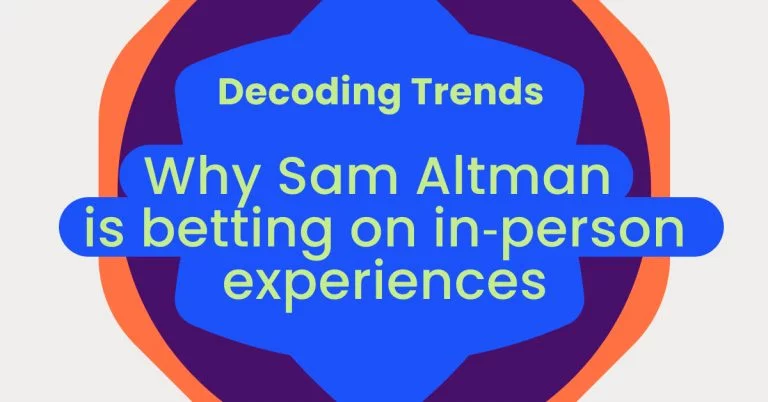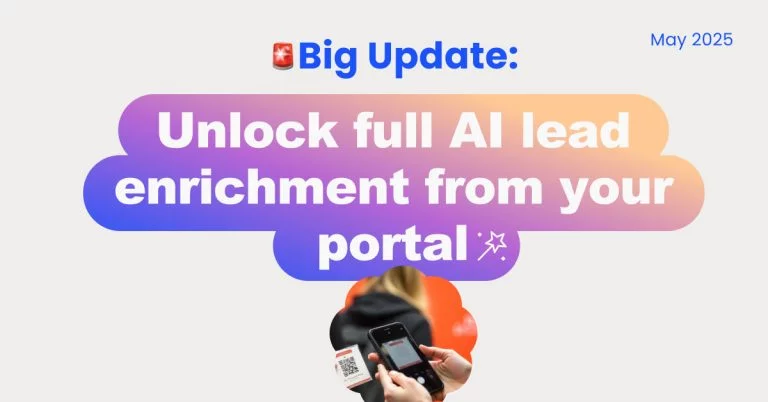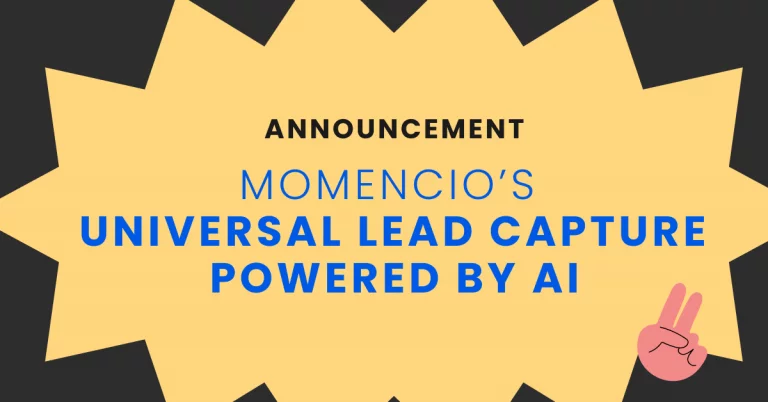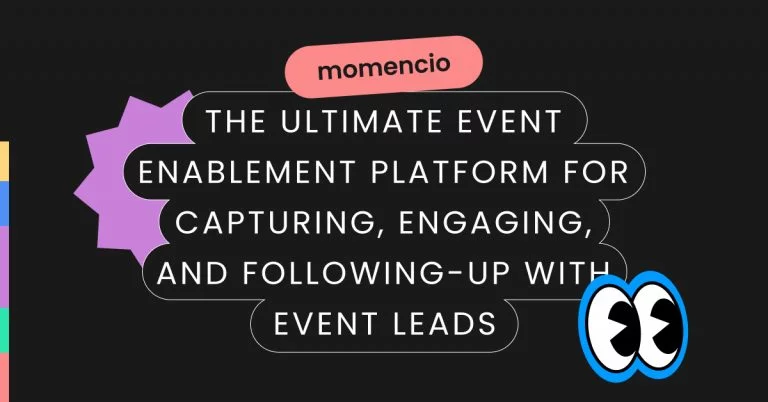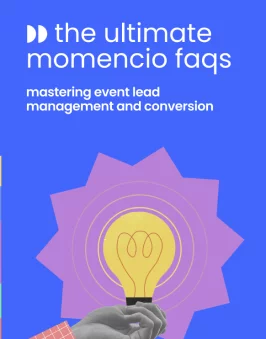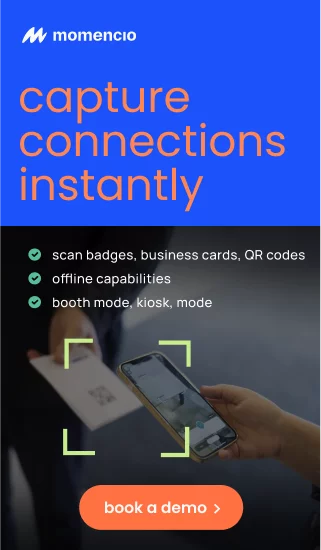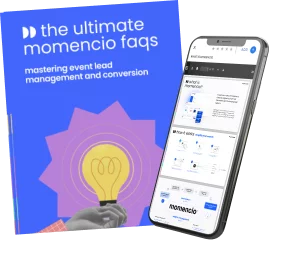Why does gamification at events hold the key to unprecedented attendee engagement and satisfaction? In an era where traditional engagement tactics no longer suffice, gamification emerges as a dynamic solution, infusing play and competition into the event experience. This approach is not merely about entertainment; compelling data underpin it.
For instance, Gartner has highlighted a 100% increase in participation metrics attributable to gamification strategies. By weaving interactive games seamlessly with event themes, leveraging technology for real-time participation tracking, and crafting games that cater to a broad audience, gamification ensures events captivate and resonate deeply. It taps into the human penchant for play, utilizing leaderboards to spark friendly competition and reward systems that delight, thus engaging attendees on a fundamentally psychological level. With gamification, events transcend ordinary gatherings, morphing into immersive journeys that echo in participants’ memories well beyond the final curtain.
TL;DR: Gamification enhances attendee engagement at events, turning interactions into memorable experiences. Incorporate games like leaderboards, quizzes, or scavenger hunts to attract attendees, boost booth traffic, and create deeper connections, ultimately leading to higher lead capture and brand visibility.
Gamification at events: What is gamification?
Definition and psychological appeal: Gamification incorporates game elements into non-game environments, like events, to boost engagement and participation. It appeals psychologically by tapping into the human instinct for play, competition, and achievement, rewarding attendees in ways that foster a deeper connection to the event.
Gamification vs. traditional engagement techniques: Unlike traditional engagement methods that might involve passive listening or viewing, gamification encourages active participation and interaction. This leads to higher information retention, more meaningful connections, and a more memorable event experience overall.
How to implement a gamification strategy
Alignment with event themes: Effective gamification strategies align closely with the event’s overall theme, ensuring that games feel integral to the event experience rather than added on. This coherence increases participant immersion and engagement.
Leveraging technology for gamification: Technology plays a pivotal role in modern gamification strategies, enabling real-time interactions, feedback, and rewards. Apps and digital platforms can track participation and progress on leaderboards and facilitate virtual and augmented reality experiences.
Accessible game design for diverse attendees: Games should be designed to be inclusive, catering to a broad audience with varying levels of skill, physical ability, and interest. This inclusivity ensures all attendees can participate and enjoy the benefits of gamification at your event.
Event organizers can significantly enhance attendee engagement and satisfaction by understanding the fundamentals of gamification and strategically implementing it.
Tools and platforms for gamified events
Digital tools to facilitate gamified experiences: Advanced event apps such as momencio, provide comprehensive solutions for integrating gamification into events. These platforms offer customizable games, scavenger hunts, and challenges that can be tailored to any event theme or objective. Features like push notifications, digital rewards, and social media integration enhance participant engagement and encourage active participation throughout the event.
Incorporating leaderboards and real-time tracking: Leaderboards are a crucial element in gamification, fostering a sense of competition and achievement among attendees. event gamification tools enable real-time tracking of participants’ progress and achievements, which are displayed on leaderboards. These platforms can be integrated with event apps or websites, allowing attendees to see their standings and motivating them to engage more deeply with the event’s activities.
How to measure the impact of gamification
To thoroughly assess the effectiveness of gamification at events, a multifaceted approach combining quantitative and qualitative analyses is essential:
Quantitative metrics:
- Participation rates: Measure the number of attendees engaging with gamified elements versus total attendance.
- Completion rates: Track the percentage of participants who complete gamified challenges or activities.
- Engagement metrics: Utilize digital tools to gather data on time spent in gamified sessions, interactions within the platform, and social media engagement related to gamified elements.
Qualitative feedback:
- Attendee satisfaction: Conduct surveys focusing on the enjoyment of the gamified aspects, their impact on the overall event experience, and any suggestions for improvement.
- Behavioral insights: Analyze open-ended responses for insights into how gamification influenced networking, learning, and the overall mood of the event.
- Success stories: Collect anecdotal evidence of positive outcomes directly attributed to gamification, such as new connections made or skills learned.
Tools for data collection and analysis:
- Leverage event management software with built-in analytics for real-time data on digital interactions.
- Use feedback collection platforms that enable detailed survey customization and sentiment analysis for qualitative insights.
By carefully monitoring these metrics and gathering comprehensive feedback, organizers can pinpoint the exact value gamification adds to their events, guiding strategic improvements for future initiatives.
Check out here Ashland’s case study: An interactive experience
Overcoming challenges with gamification
Implementing gamification in events is an innovative way to enhance engagement and interaction. However, event planners often face challenges that can hinder the success of their gamification efforts. Understanding these challenges and adopting strategies to overcome them is crucial for a seamless experience.
Common pitfalls of gamification at events and ways to avoid them
Overcomplexity: Gamification should enhance the event, not complicate it. Design simple, intuitive games that don’t require lengthy explanations. Pre-event tutorials or quick-start guides can help participants understand the game mechanics easily.
Lack of integration: Gamification elements must be woven into the event’s fabric, aligning with its themes and goals. This ensures that activities feel relevant and contribute meaningfully to the overall experience. Collaborate with speakers and exhibitors to incorporate gamification in ways that complement their contributions.
Ignoring audience diversity: Events often host a diverse group of attendees with varying preferences and abilities. Design gamified activities that are inclusive, offering multiple ways to participate and achieve rewards. This might include options for both introverted and extroverted attendees, as well as considerations for accessibility.
Insufficient motivation: The rewards and recognition for participating in gamified activities must be appealing. Offer incentives that hold real value for your audience, whether they are tangible prizes, exclusive opportunities, or professional recognition.
Technical glitches: Relying on digital platforms for gamification introduces the risk of technical difficulties. Have a backup plan for critical activities and ensure robust support is available. Conduct thorough testing well before the event to identify and resolve potential issues.
Best practices for smooth execution
Early planning: Start the gamification design process early, allowing ample time for creativity, development, and testing. This also provides an opportunity to gather input from potential attendees.
Feedback loops: Implement mechanisms to collect real-time feedback on gamified activities. This allows for quick adjustments if certain aspects aren’t working as intended and can guide future improvements.
Engagement monitoring: Use analytics tools to monitor participation levels and engagement in real time. This data can help identify popular activities and areas needing encouragement.
Post-event analysis: After the event, conduct a detailed review of the gamification strategy’s success. Analyze participation data, feedback, and outcomes to identify what worked well and what could be improved for future events.
Continuous innovation: Stay updated on the latest gamification trends and technologies. Incorporating fresh ideas and innovative technologies can keep your gamified events exciting and engaging for attendees.
Gamification, when executed thoughtfully, can significantly elevate the event experience, fostering engagement, learning, and networking. By anticipating challenges and implementing strategic solutions, event planners can harness the full potential of gamification to create memorable and impactful events.
Embrace the game-changing power of gamification at your next event. Explore new technologies, engage with your audience on a deeper level, and create experiences that resonate long after the event concludes.
Interesting facts from research
- Increased Engagement: Events incorporating gamification see up to a 100% increase in participant engagement.
- Memory Retention: Gamified learning can lead to a 90% retention rate compared to traditional methods.
- Broad Application: 75% of global brands have implemented some form of gamification in their strategies.
Conclusion
Gamification transforms events into dynamic, interactive experiences, deepening attendee engagement and satisfaction. By navigating common challenges and employing best practices, event organizers can unlock the full potential of gamification.
Ready to level up your event? Explore innovative gamification strategies – book a demo today! Start implementing these game-changing tactics and watch your events transform into unforgettable experiences.
FAQs
- How Can Gamification Fit into Any Event Type?
- Utilize universal elements like points, badges, and leaderboards adapted to match the event’s focus.
- What Are the Key Components of a Successful Gamified Event?
- Clear objectives, enjoyable activities, meaningful rewards, and inclusive design are crucial.
- How Do You Measure Success in Gamified Events?
- Gamification at Events: Track participation rates, challenge completion rates, attendee feedback, and overall engagement metrics.
- How does gamification enhance attendee engagement at events?
- Gamification at Events: Gamification boosts engagement by introducing elements of play, competition, and reward into the event experience. It leverages the natural human desire for achievement and recognition, making events more interactive and enjoyable.
- What are some effective gamification strategies for large-scale events?
- Gamification at Events: Digital platforms that support interactive gaming, leaderboards, and real-time tracking are effective for large-scale events. Integrating event apps with gamified elements can encourage wide participation and foster a sense of community among attendees.
- Can gamification improve learning outcomes at educational events?
- Yes, gamification can significantly enhance learning outcomes by making educational content more engaging and interactive. It encourages active participation, which can lead to better retention of information and a more enjoyable learning experience.
- How do I measure the success of gamification at my event?
- Gamification at Events: Success can be measured through various metrics, including participation rates, completion rates of gamified tasks, attendee feedback, and overall satisfaction levels. These indicators can help assess the impact of gamification on the event’s engagement and learning objectives.
- What are common challenges in implementing gamification, and how can they be addressed?
- Gamification at Events: Common challenges include designing games that appeal to all attendees, ensuring the technology functions smoothly, and aligning games with event objectives. These can be addressed by thorough planning, testing, and seeking feedback for continuous improvement.
